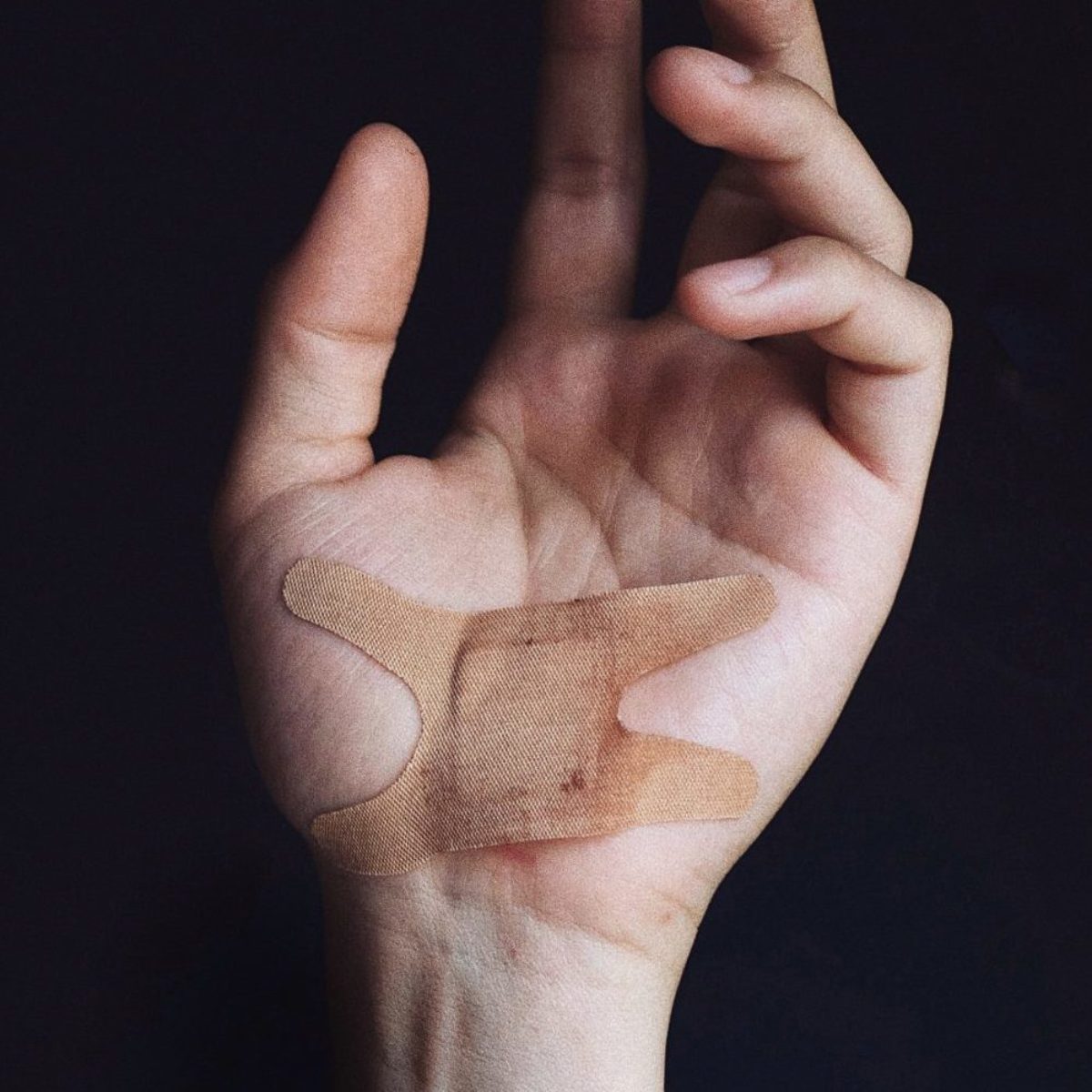
Research develops new material for controlled release of nitric oxide
The healing of a cutaneous wounds follows a rather complex process. A variety of conditions, including diseases such as diabetes, can cause some of the many factors involved in healing to not work properly. Because of that, the tissue is unable to regenerate and the wound becomes a chronic condition.
Chronic wounds can take months or years to finally heal – or may even never heal. This brings not only physical and emotional stress to patients. Chronic wounds are also a financial problem for the healthcare systems.
It is known that nitric oxide (NO) application in chronic wounds brings beneficial results and represents a promising strategy for the treatment of this condition. However, it is necessary to develop new materials capable not only of supplying nitric oxide to the wound, but also of providing just the right amount for the treatment.
Therefore, Matilde Champeau et al. [1] have developed a new platform for the topical application of nitric oxide. The strategy is based on the use of a supramolecular poly(acrylic acid) hydrogel containing nanometric micelles of another polymer and S-nitrosoglutathione as NO donor.
The material developed by the group can release nitric oxide into wounds in a manner controlled by the proportion between the components of the hydrogel and triggered by the absorption of water contained in the secretion produced by the wound.
The platform was tested in vivo in the laboratory, where it increased tissue regeneration and collagen fiber organization, as well as expression of genes related to cell multiplication in the healing tissue. These findings show potential for a new way to accelerate wound healing in general and improve the treatment of chronic wounds.
The researchers used the facilities of the SAXS1 beamline of the Brazilian Synchrotron Light Laboratory (LNLS) to characterize the supramolecular structure of the hydrogel.
Fonte: [1] Mathilde Champeau, Valéria Póvoa, Lucas Militão, Flávia M. Cabrini, Guilherme F. Picheth, Florian Meneau, Carlos P. Jara, Eliana P. de Araujo, Marcelo G.de Oliveira. Supramolecular poly(acrylic acid)/F127 hydrogel with hydration-controlled nitric oxide release for enhancing wound healing. Acta Biomaterialia 74 (2018) 312–325. DOI: 10.1016/j.actbio.2018.05.025
Research investigates the formation of distinct phases of bismuth-based molecule in topological insulators
Research develops new method for dyeing with natural dyes